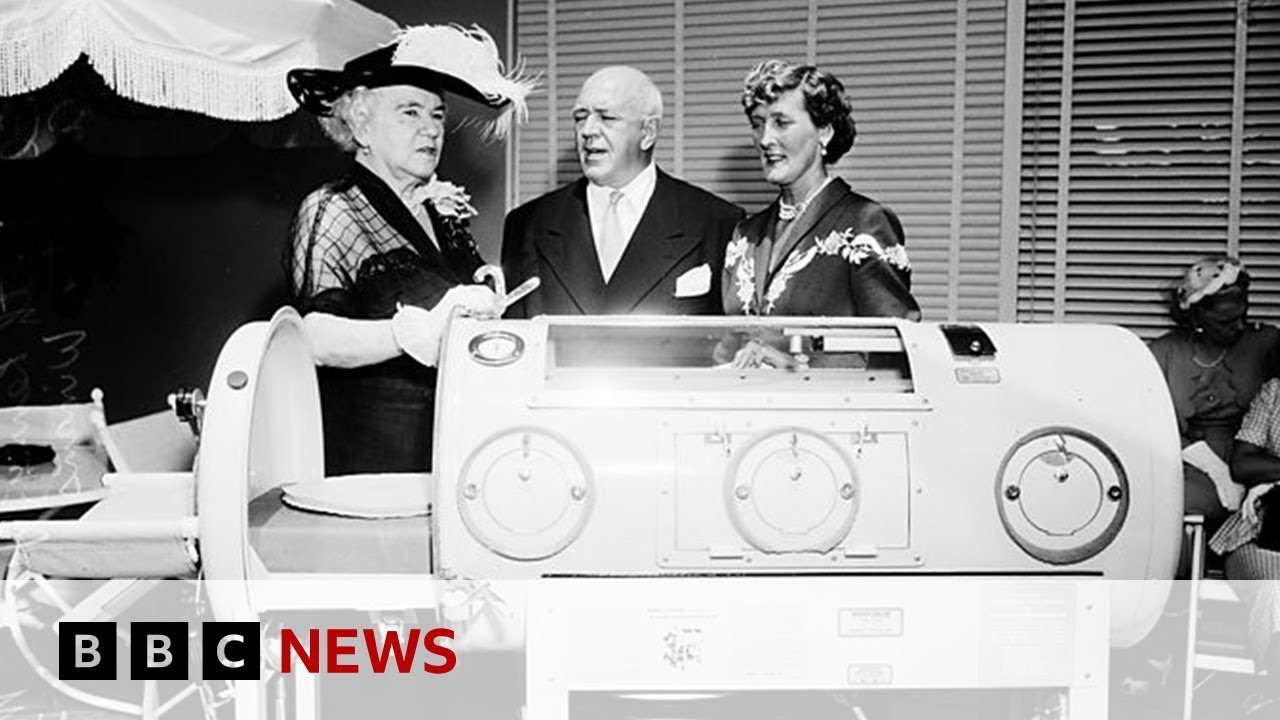The recent video provides an informative look at the iron lung, a life-saving device developed in 1927 to combat the effects of poliomyelitis, which caused muscle paralysis and respiratory failure. The iron lung functioned by encasing the patient’s body and mechanically simulating the breathing process through rhythmic air pressure changes. While it significantly reduced mortality rates, the device required continuous care and restricted patient mobility. Its usage declined after the introduction of the polio vaccine in 1955, which now protects the vast majority of US children by age two.
- The iron lung was invented in 1927 to help patients with muscle paralysis caused by polio to breathe.
- It worked by changing air pressure around the body, simulating the natural process of breathing.
- An 8-year-old girl was the first patient to be treated successfully with the iron lung.
- The device required constant care and often confined patients for extended periods, impacting their quality of life.
- The iron lung became obsolete after the polio vaccine was deemed safe in the US in 1955.
- Currently, 92.5% of US children receive the polio vaccine by the age of two.
The British Broadcasting Corporation is a British public service broadcaster headquartered at Broadcasting House in London. Originally established in 1922 as the British Broadcasting Company, it evolved into its current state with its current name on New Year’s Day 1927.
AllSides Media Bias Rating: Center
https://www.allsides.com/news-source/bbc-news-media-bias
Official website: https://www.bbc.com/
Original video here.
This summary has been generated by AI.
